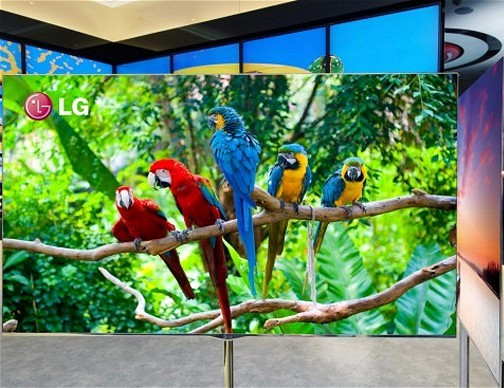
ABI Research today said that the size of the TV as a Service (TVaaS) opportunities will grow to $1.5 billion in 2021.
The TV as a Service (TVaaS) revenues will grow from 10 percent in 2016 to 35 percent of video software revenues in 2021, said ABI Research in its video software market report.
The TVaaS model states that recurring revenues based on video consumption, transactions, or subscriber-related metrics will take over traditional hardware sales, software and IP licenses, and service-related revenues.
ALSO READ: ABI Research report on TVaaS market
“Companies that wish to succeed in the TVaaS realm need to commit to customer-oriented solutions, including investing in 24/7 operational capabilities and robust engineering organizations,” said Sam Rosen, managing director and vice president at ABI Research.
Solutions need to support the hybrid cloud methodology where they can be deployed in public cloud infrastructure, as well as customer’s own data centers. Operators need to know the importance of microservice-based architectures that allow larger customers to adopt one or two components of a solution around a specific pain point.
Most major broadcasting technology vendors demonstrate products with TVaaS components. Examples include Cisco’s Infinite Video suite, Nagra’s intuiTV product, and Ericsson’s MediaFirst suite.
ABI Research said similar TVaaS trends are also occurring in product lines outside of middleware, including Digital Rights Management (DRM), Guide Licensing and Metadata, Transcoding and QoE measurement.
DRM leads the movement at a 56 percent transition rate by 2021, followed by transcoding with its 36 percent transition rate — in terms of readiness to transition to TVaaS architectures and business models.
Middleware, as well as Guide Licensing and Metadata, will only transition to 20 percent and 12 percent, respectively.
Video software markets are in rapid disruption, highlighted by Ericsson’s revelation that its media unit’s operating income showed a loss of 25 percent of revenues in 2016, accelerating to 33 percent in the fourth quarter.
“To survive the upheaval, these markets must adopt models that showcase a balance of service-oriented integration and development offerings, intellectual property (IP) licensing, traditional software licensing and TVaaS,” Rosen said.
Meanwhile, the 2017 OTT Video Services Study by Level 3 Communications said viewership hours of live-linear streaming over-the-top (OTT) video will surpass those of traditional broadcast TV within the next five years.
Jon Alexander, senior director of Product Management at Level 3 discusses the key insights from this year’s OTT Video Services Study, in partnership with Streaming Media and Unisphere Research.





